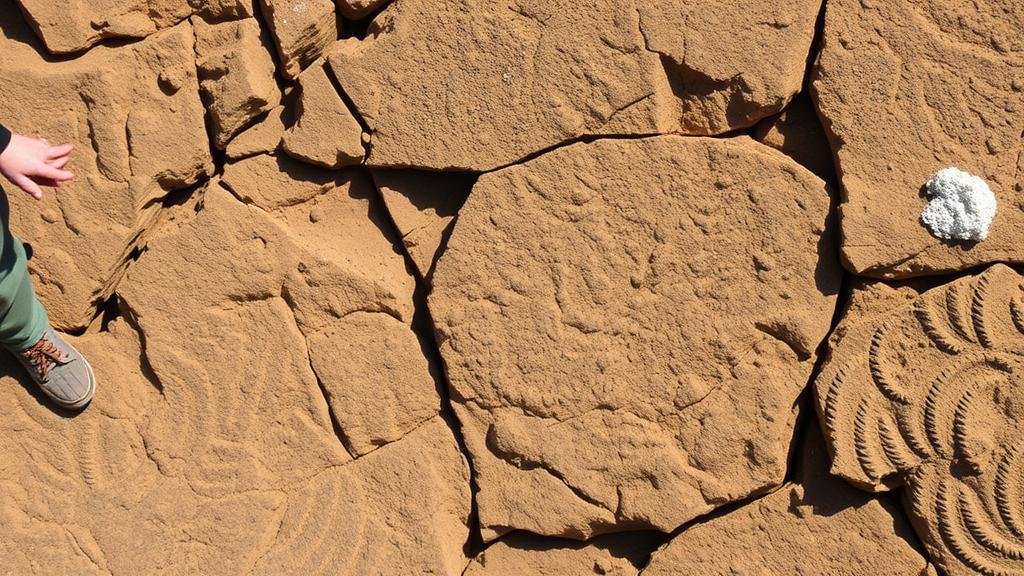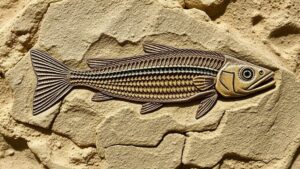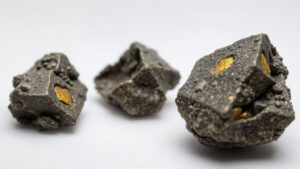Exploring fossil beds near Kingston for impressions of ancient ferns and other plant life.
Exploring Fossil Beds Near Kingston for Impressions of Ancient Ferns and Other Plant Life
For rockhounds and mineral collectors, the fossil beds near Kingston offer a treasure trove of ancient flora, particularly the fascinating impressions of ferns and other prehistoric plant life. Located within the rich geological formations that date back to the Paleozoic Era, these fossil beds provide not only a window into the planet’s distant past but also an opportunity for enthusiasts to enhance their collections with unique specimens.
The Geological Context of Kingstons Fossil Beds
The Kingston fossil beds primarily originate from the Devonian and Carboniferous periods, approximately 350 to 420 million years ago. During these times, the area was covered by lush, swampy environments that fostered the growth of a diverse range of plant life, including ferns, lycophytes, and early seed plants. Understanding the geological formation will enhance the experience of any collector or enthusiast:
- Devonian Period: Characterized by a warm climate promoting the evolution of primitive plants. Sedimentary rocks from this era often contain well-preserved plant fossils.
- Carboniferous Period: Known for its vast swamp forests, dominated by various types of ferns, these deposits are rich in coal-forming plant material.
When exploring the fossil beds near Kingston, collectors can anticipate finding a variety of plant fossils, including:
- Fern Impressions: These are perhaps the most common finds, with detailed leaf patterns preserved in the sediment.
- Lycopod Fossils: Often appearing as small, tube-like structures, these ancient relatives of modern clubmosses can reveal significant historical information.
- Wood Fossils: Coal deposits often contain pieces of ancient wood, providing insight into the arboreal species that once thrived in these environments.
Practical Tips for Collectors
For those eager to explore these fossil-rich areas, following practical guidelines can enhance your experience:
- Research Regulations: Before heading out, check local regulations concerning fossil collection to ensure that you are compliant with conservation laws.
- Bring the Right Tools: Equip yourself with a geological hammer, safety goggles, and a sturdy backpack to haul your finds. A small field guide on fossils may also prove beneficial.
- Work in Groups: Teaming up with fellow enthusiasts can make the exploration safer and more enjoyable. Also, it fosters knowledge exchange which enhances learning.
Real-World Applications of Fossil Studies
The implications of studying these ancient fossils extend far beyond mere collection. Researchers and environmental scientists utilize plant fossils to gain insights into ancient climates and ecosystems. For example, by analyzing fossilized ferns, paleobotanists can infer climate conditions during the periods in which these plants thrived:
- Climate Reconstruction: Fossils can indicate historical atmospheric conditions, assisting in predictive models of future climate change.
- Biodiversity Indicators: Understanding ancient plant life contributes to insights on how ecosystems evolve over time, which can inform current conservation efforts.
Conclusion: A Journey Through Time
Exploring the fossil beds near Kingston offers rockhounds an exciting opportunity to engage with Earths ancient history. impressions of ferns and other plant life not only add value to mineral collections but also contribute to the important scientific conversations surrounding our planets past. Whether for educational pursuits, research, or recreation, the rich deposits offer something for everyone.
With the right tools, mindset, and respect for the environment, your journey into the past can yield invaluable finds and unforgettable experiences. Happy fossil hunting!



